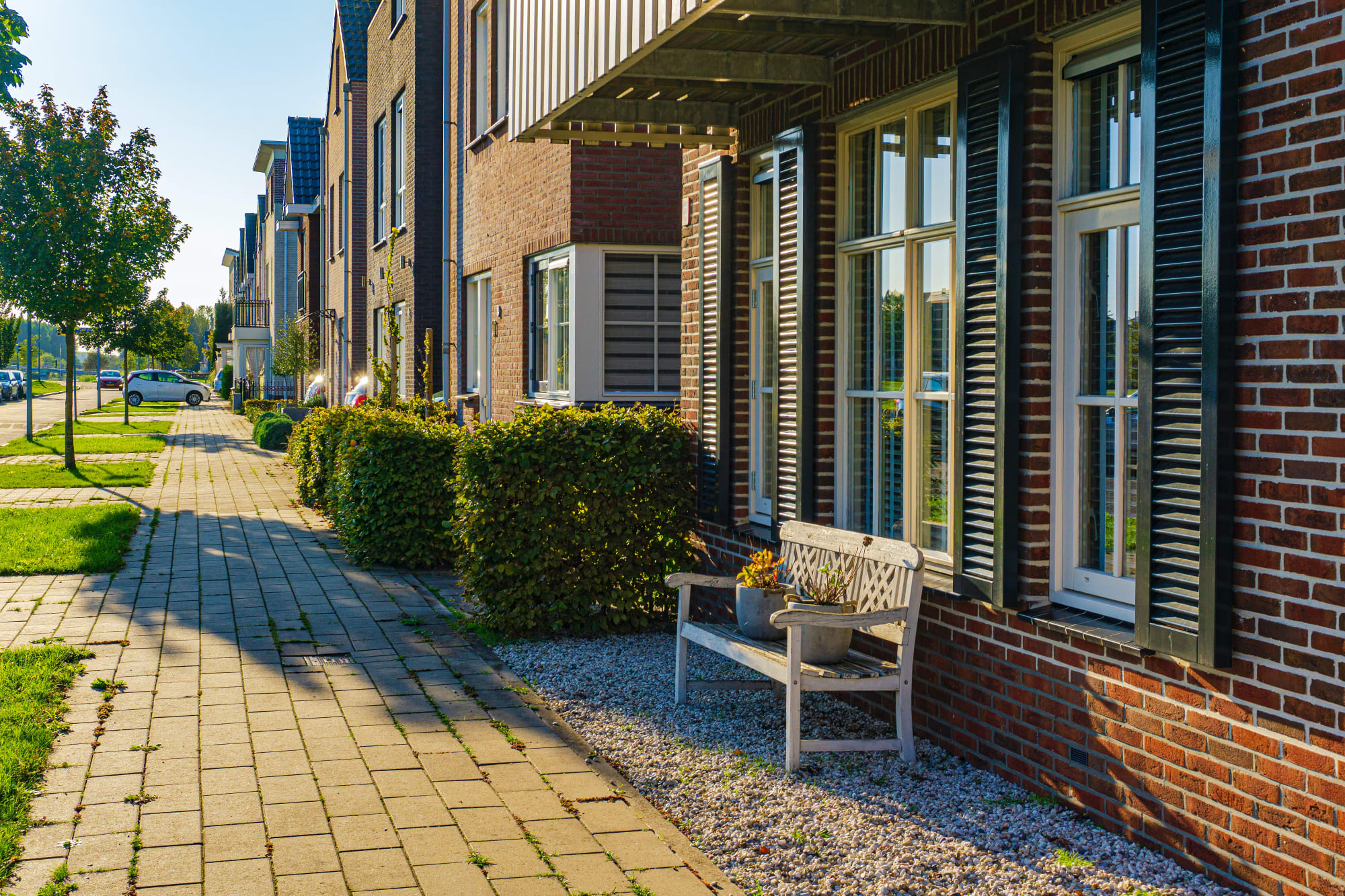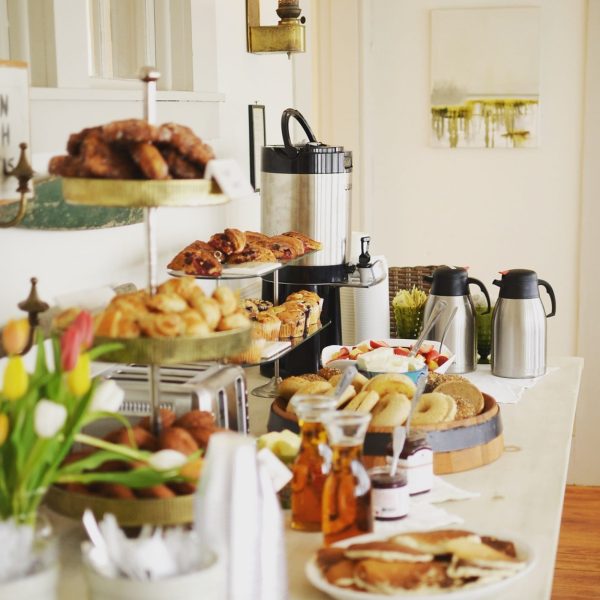Article
VAT and ‘dwellings’ – back to basics
Article
VAT and ‘dwellings’ – back to basics
September 16, 2022
3 minute read
If you are a building company or property developer that has been in industry for a while, you may well believe you have a good handle on VAT in relation to building works for new dwellings.

If you are a building company or property developer that has been in industry for a while, you may well believe you have a good handle on VAT in relation to building works for new dwellings. Whilst it’s fair to say that the VAT rules relating to construction are currently about as complex as they have ever been, we are still coming across instances of some basic things being handled incorrectly.
Contractors and developers will understand construction services supplied in respect of a new dwelling can qualify for zero-rating, and with the exception of non-building materials and professional fees this type of project should be VAT efficient by virtue of the prevailing liability of the construction services.
What if the developer wants to retain the new dwelling as an investment property for residential lettings?
The making of exempt supplies will create hurdles to VAT recovery, but not necessarily insurmountable ones. There are transaction structures that can be adopted to ensure an optimal VAT outcome, but these must be weighed against implementation costs and other potential tax impacts.
Clearly, if a building project has very little VAT associated to it, any potential VAT loss is less of a concern. But with the rising cost of materials and labour putting additional pressure on margins, making sure there is as little VAT loss as possible has become even more important.
What if you are developing a mixed-use building?
An apportionment should be used to determine exactly how much VAT is chargeable by the contractor. This may sound straightforward but making sure the appropriate amount of VAT is charged can actually be quite complex, although this can give rise to cash saving opportunities.
In our experience, contractors will usually follow the perceived path of least resistance which often results in too much VAT being applied to a project. This can lead to eroded profit margins for a developer, so careful consideration is advised.
What about conversions?
To a lesser extent, developers and contractors may or may not be aware of other VAT reliefs when it comes to building works concerning dwellings such as the application of the reduced rate (5%) in respect of:
- non-residential conversion, such as converting offices into apartments, or perhaps converting a barn into a dwelling
- changed number of dwellings conversion, such as converting a house into flats or a HMO …….or vice versa
- empty homes renovation, where a dwelling has not been lived in for at least 2 years and perhaps you wish to repair, renovate or extend the property
Related content
Need expert advice?
Speak to an expert for advice on
+44-1865 292200 or get in touch online to find out how Shaw Gibbs can help you
Email
info@shawgibbs.com
Need expert advice?
Speak to an expert for advice on
+44-1865 292200 or get in touch online to find out how Shaw Gibbs can help you
Email
info@shawgibbs.com




